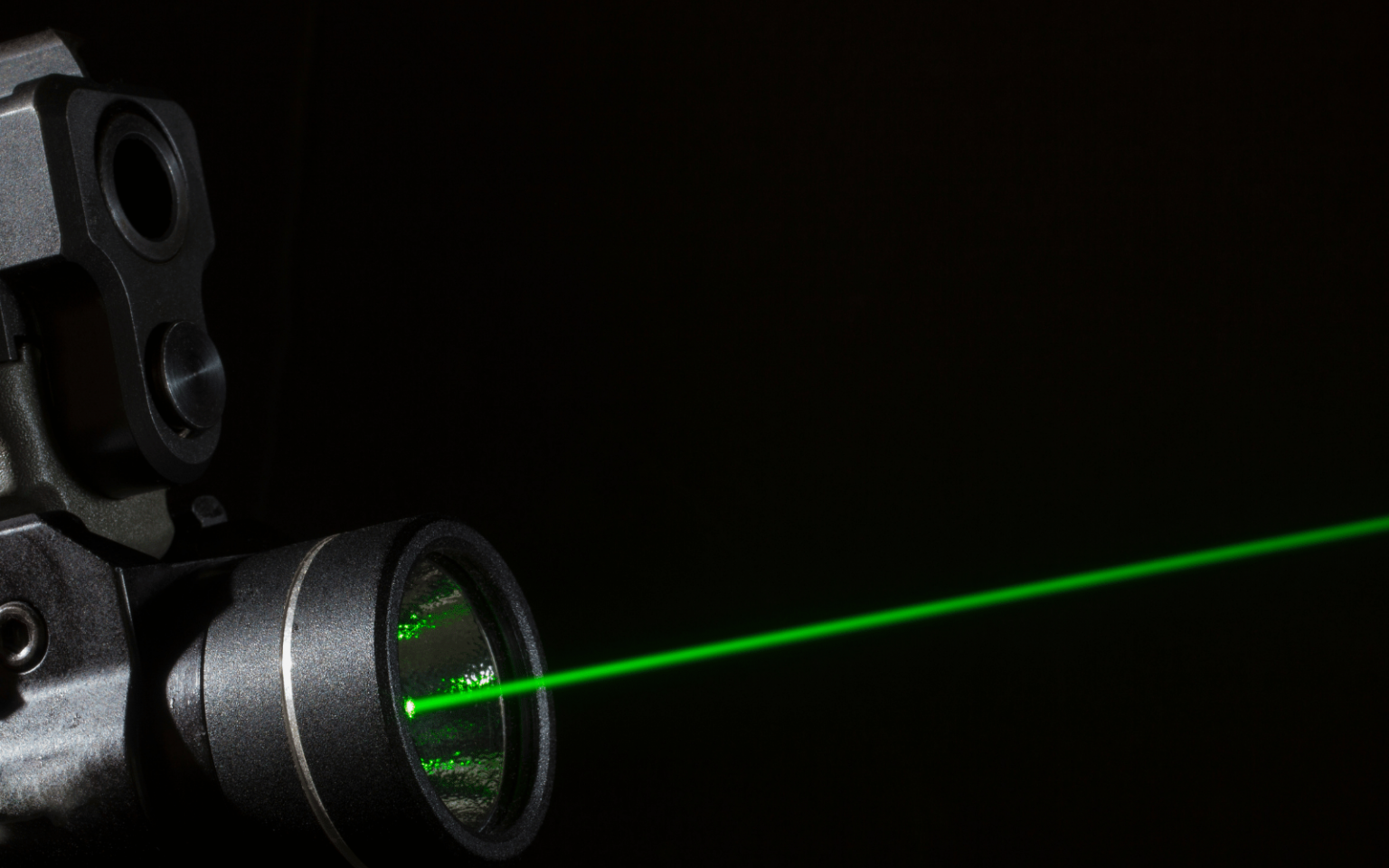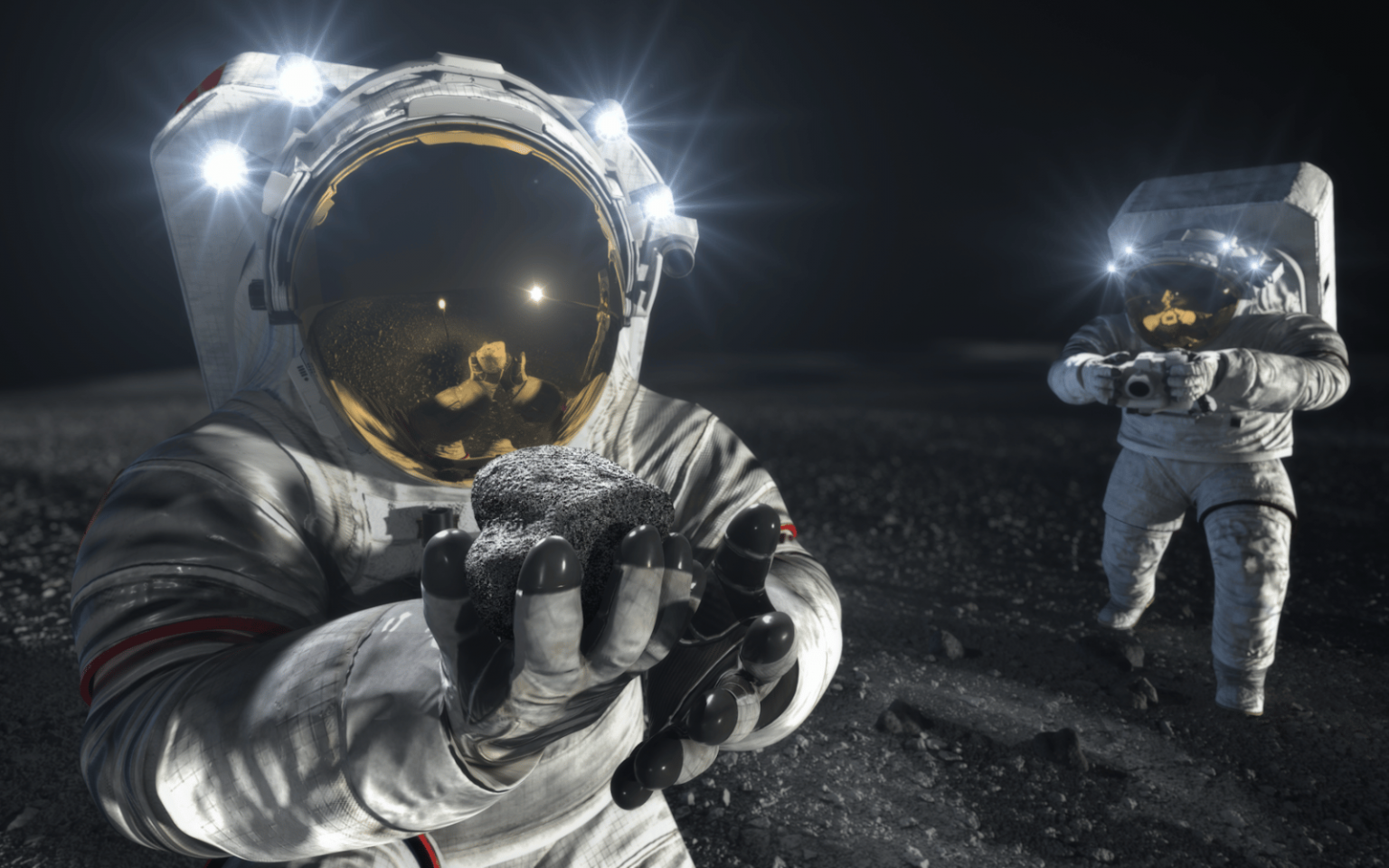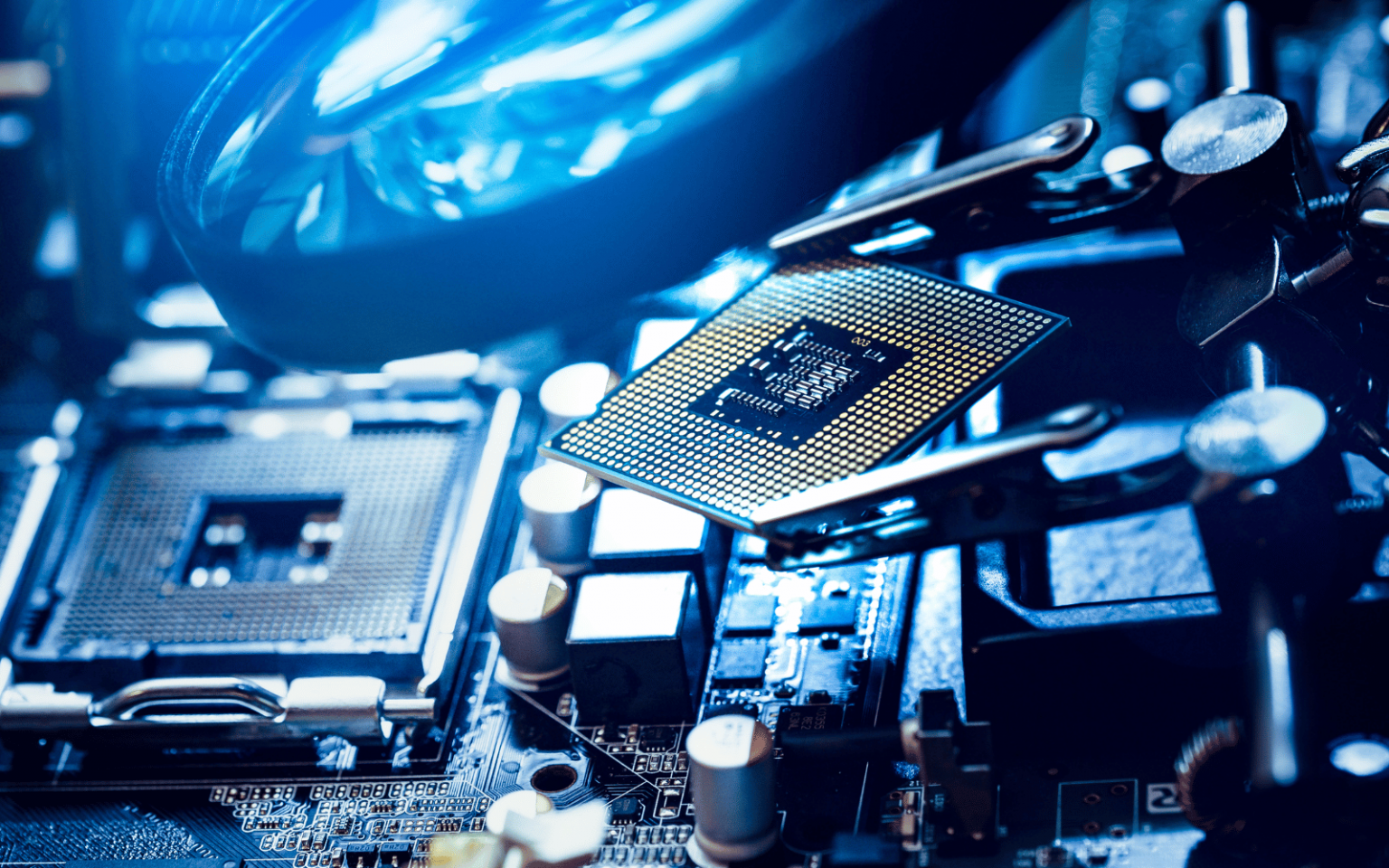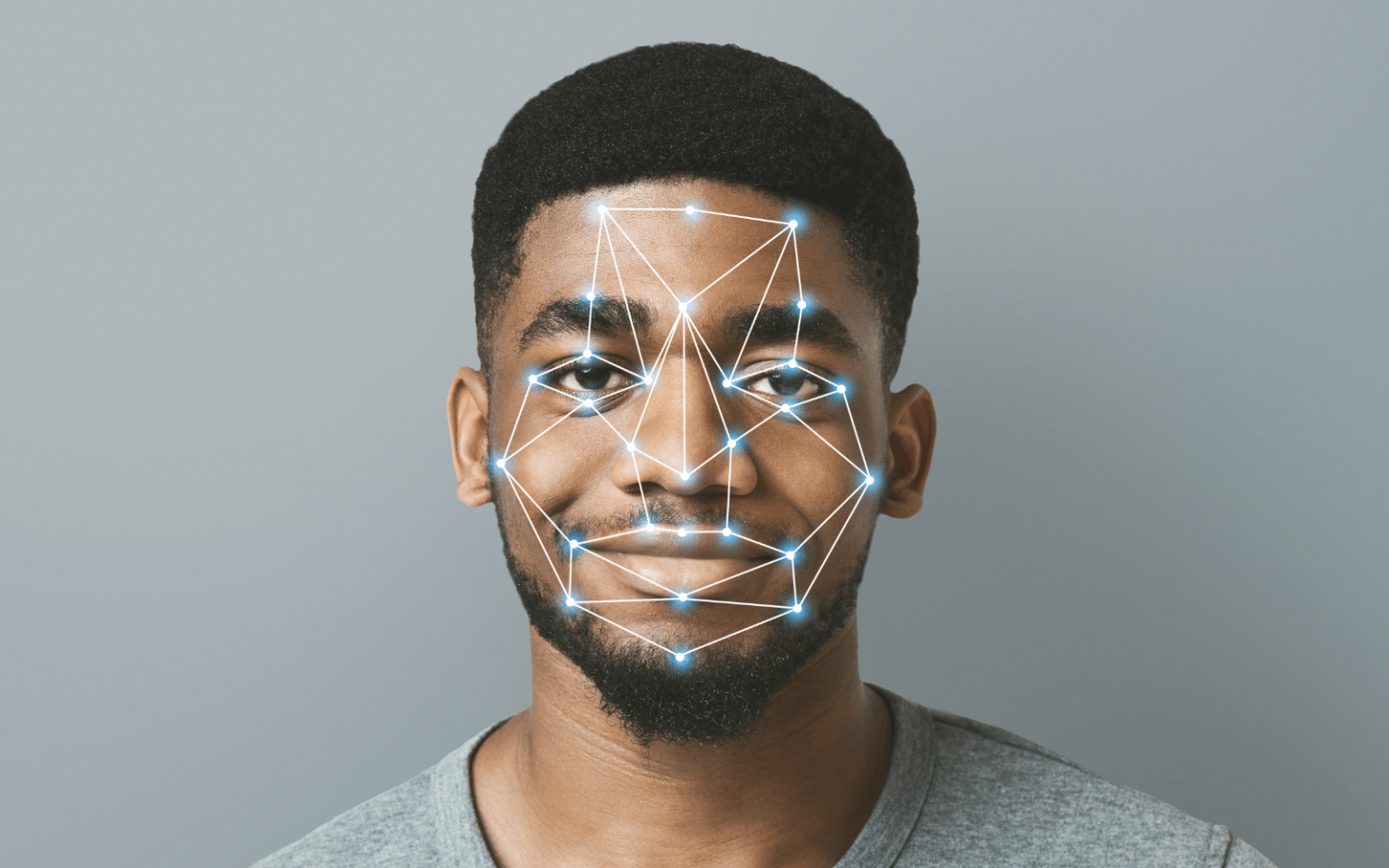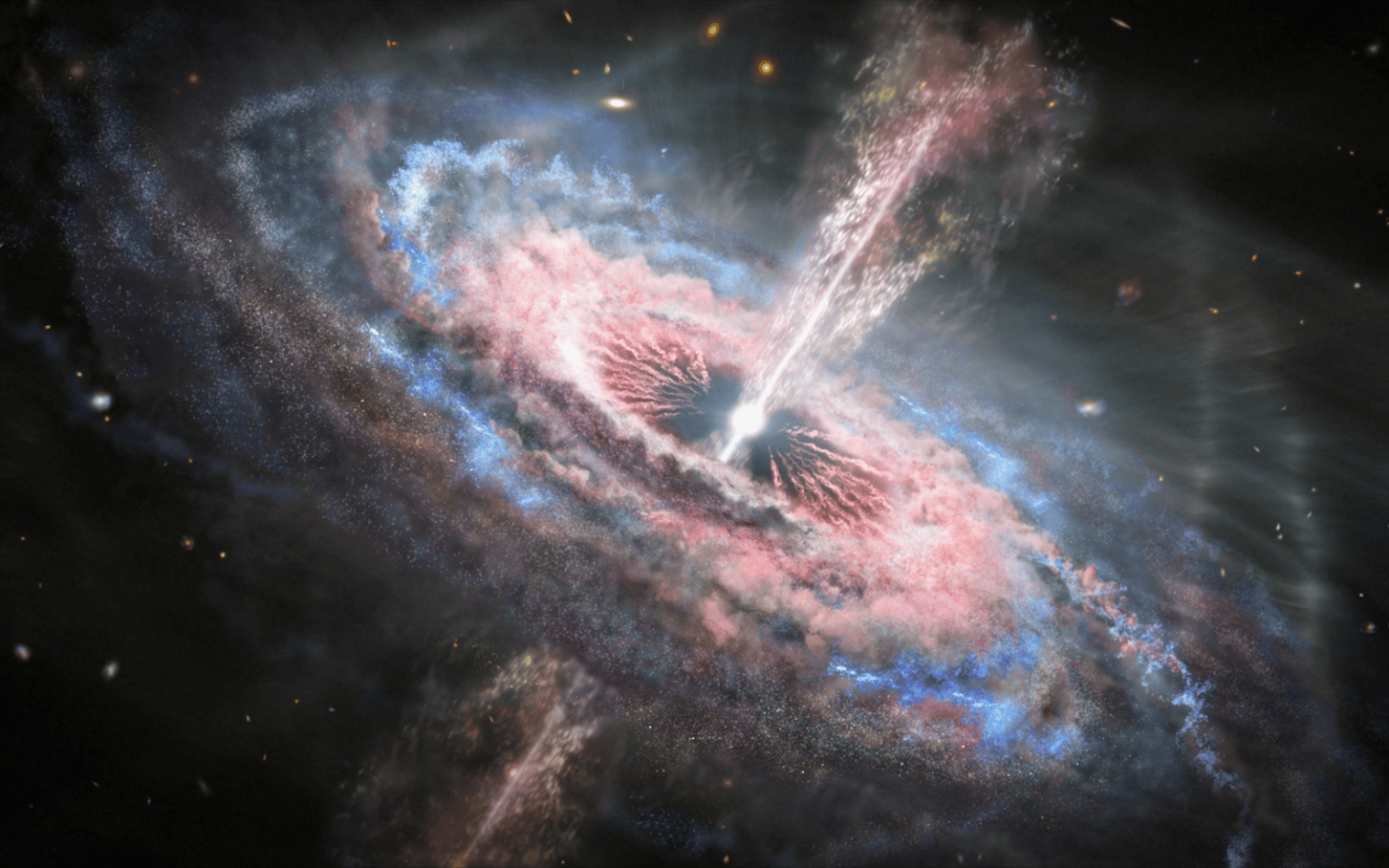Nations around the world are rapidly developing high-energy laser weapons for military missions on land and sea, and in the air and space. Visions of swarms of small, inexpensive drones filling the skies or skimming across the waves are motivating militaries to develop and deploy laser weapons as an alternative to costly and potentially overwhelmed missile-based defenses. Laser weapons have been a staple of science fiction since long before lasers were even invented. More recently, they have also featured prominently in some conspiracy theories. Both types of fiction highlight the need to understand how laser weapons actually work and what they are…
Author: The Conversation
Humans have long dreamed of setting foot on the Moon and other planetary bodies such as Mars. Since the 1960s, space travellers have donned suits designed to protect them from the vacuum of space and stepped out into the unknown. However, the Polaris Dawn mission, which is to include the first spacewalk organised by a private company, has been delayed. This is due to complications with the design and development of a suitable spacesuit. Moon suits are also one of the key elements of NASA’s Artemis lunar programme that have yet to be delivered. A report released in November 2023 said…
A global race to build powerful computer chips that are essential for the next generation of artificial intelligence (AI) tools could have a major impact on global politics and security. The US is currently leading the race in the design of these chips, also known as semiconductors. But most of the manufacturing is carried out in Taiwan. The debate has been fuelled by the call by Sam Altman, CEO of ChatGPT’s developer OpenAI, for a US$5 trillion to US$7 trillion (£3.9 trillion to £5.5 trillion) global investment to produce more powerful chips for the next generation of AI platforms. The amount of money Altman…
Every day, more and more patients are seeking medical attention after spending long days in front of computer screens. The most common symptoms include irritated or itchy eyes, and a sensation of dryness or sand on the surface of the eye. These are the telltale signs of dry eye disease, which affects anywhere from 5% to 50% of the world’s population, depending on age, gender, ethnicity and other factors. This condition can stem from multiple causes, but lifestyle plays an important role. Screen use – and overuse – is one of the leading factors. We blink less when looking at…
As the world rushes to make use of the latest wave of AI technologies, one piece of high-tech hardware has become a surprisingly hot commodity: the graphics processing unit, or GPU. A top-of-the-line GPU can sell for tens of thousands of dollars, and leading manufacturer NVIDIA has seen its market valuation soar past US$2 trillion as demand for its products surges. GPUs aren’t just high-end AI products, either. There are less powerful GPUs in phones, laptops and gaming consoles, too. By now you’re probably wondering: what is a GPU, really? And what makes them so special? What is a GPU? GPUs were originally…
There are lots of proposed ways to try to place limits on artificial intelligence (AI), because of its potential to cause harm in society, as well as its benefits. For example, the EU’s AI Act places greater restrictions on systems based on whether they fall into the category of general purpose and generative AI or are considered to pose limited risk, high risk or an unacceptable risk. This is a novel and bold approach to mitigating any ill effects. But what if we could adapt some tools that already exist? Software licensing is one well-known model that could be tailored…
The morning started with a message from a friend: “I used your photos to train my local version of Midjourney. I hope you don’t mind”, followed up with generated pictures of me wearing a flirty steampunk costume. I did in fact mind. I felt violated. Wouldn’t you? I bet Taylor Swift did when deepfakes of her hit the internet. But is the legal status of my face different from the face of a celebrity? Your facial information is a unique form of personal sensitive information. It can identify you. Intense profiling and mass government surveillance receives much attention. But businesses and individuals…
A frequent idea in sci-fi and apocalyptic films is that of an asteroid striking Earth and causing global devastation. While the probabilities of this kind of mass extinction occurring on our planet are incredibly small, they are not zero. The results of NASA’s Dart mission to the asteroid Dimorphos have now been published. They contain fascinating details about the composition of this asteroid and whether we can defend Earth against incoming space rocks. The Double Asteroid Redirection Test (Dart) was a spacecraft mission that launched in November 2021. It was sent to an asteroid called Dimorphos and commanded to collide with…
With its bright colors, easy-to-learn rules and familiar music, the video game Tetris has endured as a pop culture icon over the last 40 years. Many people, like me, have been playing the game for decades, and it has evolved to adapt to new technologies like game systems, phones and tablets. But until January 2024, nobody had ever been able to beat it. A teen from Oklahoma holds the Tetris title after he crashed the game on Level 157 and beat the game. Beating it means the player moved the tiles too fast for the game to keep up with the…
Peering deep into the infancy of the universe, the European Southern Observatory’s Very Large Telescope (VLT) recently confirmed the discovery of the brightest and fastest growing quasar. Quasars are luminous objects in the night sky powered by gas falling into a large black hole at the centre of a galaxy. The discovery of this record-breaking object was fascinating enough. But another crucial aspect to the announcement is that it raises big questions about galaxy formation in the early universe. In particular, it remains puzzling how this quasar, which existed less than two billion years after the Big Bang, could have grown so large…

